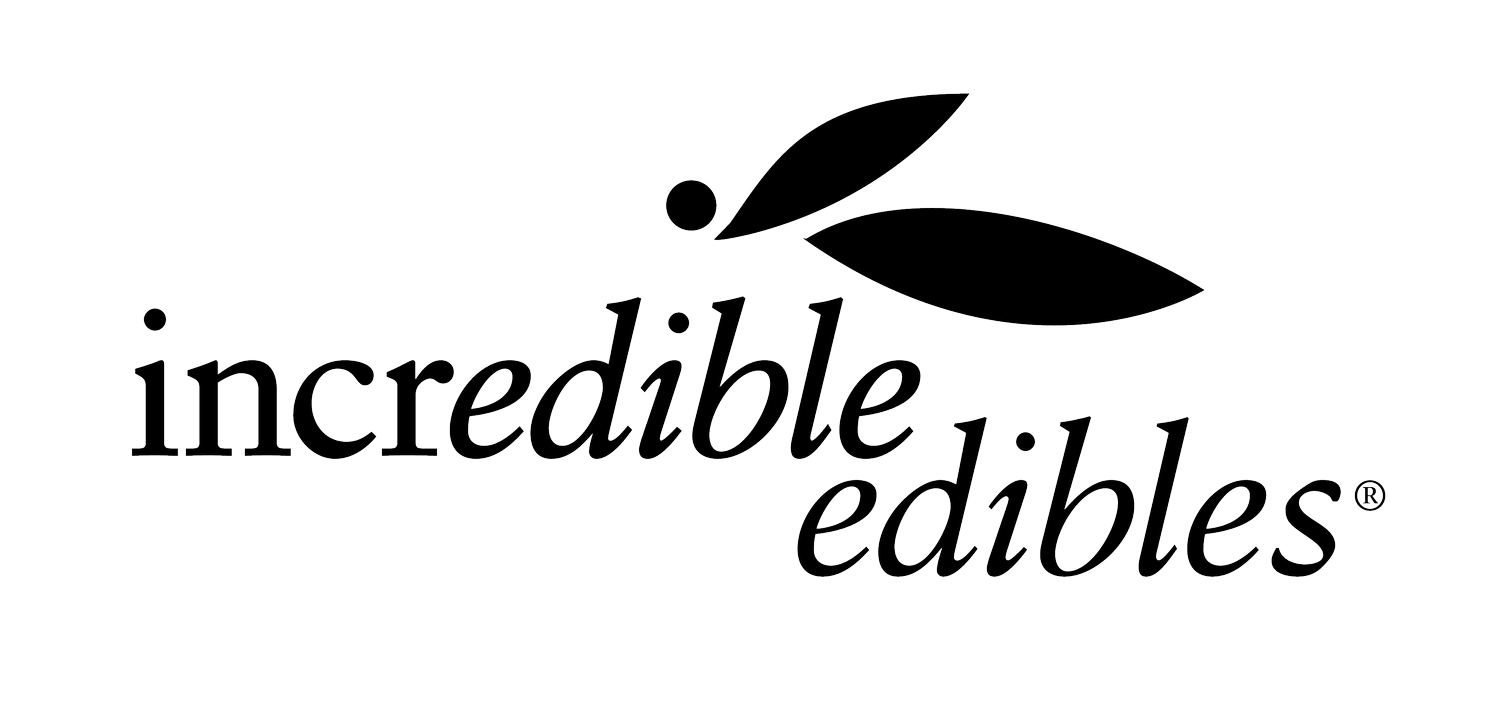All about Olives
Olives are a significantly underestimated plant. Traditionally we think of Olives purely as a plant that provides us with Olive oil or for the Olives used in our culinary explorations. As a grower of 'all plants with edible fruit', we focus on growing suitable Olive varieties that are most useful in the kitchen.
An extensive range of Olives is on the market, all slightly different in fruit size, ripening season or best suited as a table Olive or for oil production.
Olives are excellent used as a topiary plant, whatever shape you can imagine (including as a bonsai), a formal or informal hedge, and a houseplant.
Below we will explain the different care plans for Olives in the different environments. Oil-production, Topiary care, Houseplant care.
How to look after your Olive to give you the best oil production
Best varieties for oil production;
Olive Frantoio: An Italian variety. Heavy yields of medium oval-sized fruit and is an early season variety.
Olive J5: A New Zealand selection. Heavy yields of medium-sized oval fruit and is a mid-season variety suited to both the cold and warmer areas in New Zealand.
Olive Leccino: A Tuscan variety with heavy yields of medium-sized fruit and is an early season variety, also suitable to both the cold and warmer areas in New Zealand.
When and how to harvest.
Generally, Olives are best picked when 1/3 is green, 1/3 third purple and 1/3 third black. Black ones are full of oil but can lack flavour, while green ones contribute to the grassy peppery flavours. Some varieties will also produce ripe Olives of different colours.
Harvesting is done by tree-shaking (ensure you have something under the tree to collect fallen Olives) or raking the branches. Some suggest harvesting at night when it's cooler to preserve the aromatic flavours. Note; hand picking is recommended when using Olives as table Olives. This is to prevent bruising of the Olive.
How to prune an Olive to get the best and healthiest Olives.
Refrain from pruning in the first two years after planting. Then allow for a central leader with three 'scaffold' side branches. After a few years, you can prune for a secondary 'scaffold'. They require annual pruning to ensure good crops.
Olive trees bear fruit on the previous year's growth, and they never bear on the same wood twice. They should be pruned in spring when the heaviest frosts have passed. Remove the shoots that bore fruit the previous year. Remove suckers and water sprouts (rapidly growing new growth) whenever you see them.
It's essential to ensure good airflow through the tree, so ensure any crossing branches are removed. It's often said a bird should easily be able to fly through the tree. The 'open' tree helps with pollination (Olives are pollinated by wind) and will prevent potential fungal diseases.
How to look after your Olive to give you get the best looking topiary plant.
Topiary care
Olives are ideally suited to be used as a Topiary plant. They are quick growing, re-grow quickly from old wood, easy care, and well suited to the well-draining container mixes used in pots. Have few problems with insects and diseases.
Pruning of Topiary Olives
Olives can be pruned at any time of the year. To get the best look for your topiary plant, they must be pruned regularly during the spring and autumn growing seasons. This will ensure that your topiary maintains the desired shape. When the topiary is situated in the garden, regrowth can happy quickly, so that pruning might be required more regularly. When the topiary is in a pot, the regrowth is not quick, and the trimmings can be further apart.
When Olives are grown as hedges (and not for fruit reasons), trimming gets done as required, remembering the more often you trim, the better the quality of the hedge. If you are using the Olive as a hedge and for fruit production, no trimming can be done between flowering and harvesting of the Olives.
Feeding an Olive topiary in pots is as simple as applying a balanced slow-release fertiliser in spring and autumn. An occasional application of organic liquid fertiliser will benefit additional plant health.
Olives suitable for Topiary. Our pick would be Olive El Greco, but any variety can be used for topiary. The trick is in the regular trimming.
How to look after your Olive as a houseplant.
Caring for an Olive inside
Olives have become fashionable houseplants in the last few years. They provide a nice soft look to any room and are easy to look after. Any of the varieties would be suitable, as you trim them according to the space available to the plant. They would prefer a high-light position and a very well-draining potting mix, for example, a cactus or succulent mix, as they do not like a mix that holds a lot of water.
Ensure you trim them in late spring before the flowers appear. If flowers appear after pruning, ensure you trim again to remove the flowers as you don't want pollen to fall on carpet - floors, then trim on demand to the shape and form you would like the plant to be.
To keep them healthy, use a slow-release fertiliser in spring and again in autumn. Apply regular water in spring and summer but reduce watering in winter. The Olive would benefit from being washed down or placed in a spring shower to wash away dust collected on the leaves; this should be repeated in early autumn.






